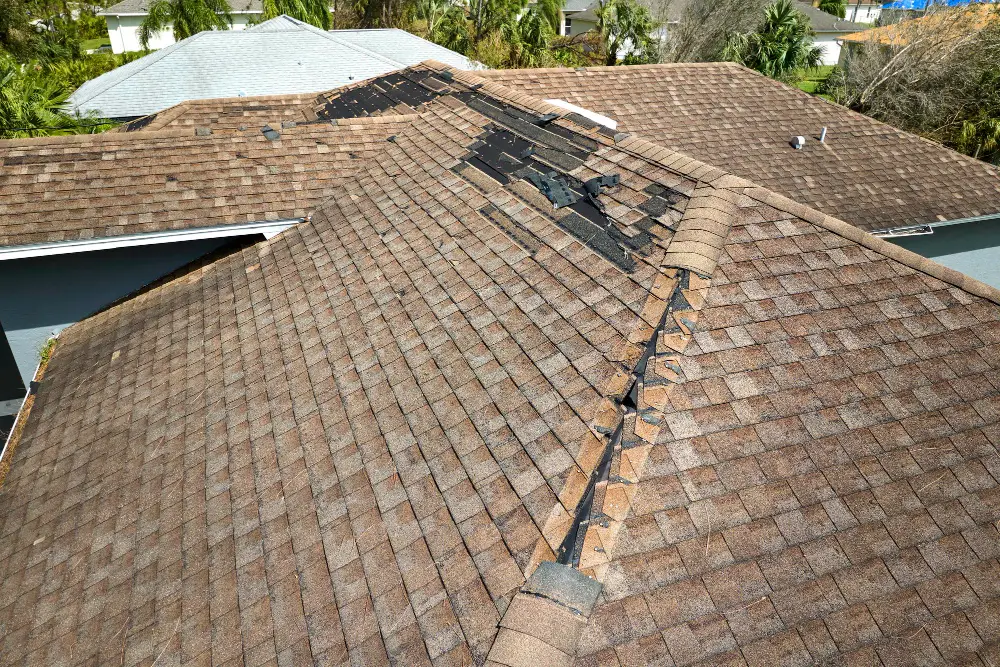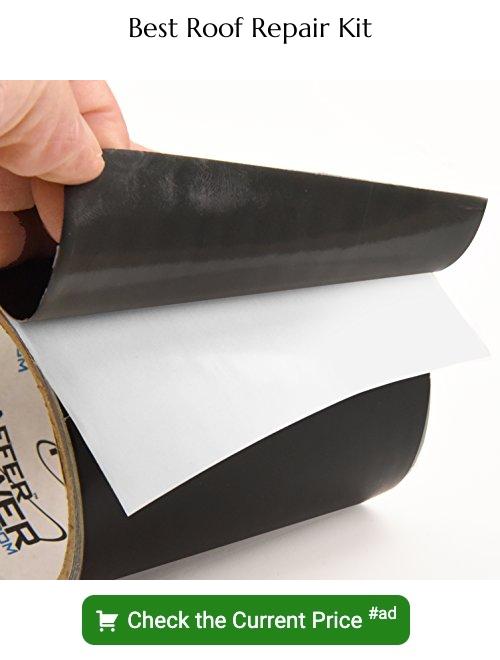As a homeowner, it might not be easy to decipher whether your roof just needs some repairs or if it’s time for a full replacement. The only thing more overwhelming than the thought of spending money on such a significant investment is not knowing when and how much to invest.
Because of the changing weather patterns and constant exposure to the elements, roofs bear the brunt of wear and tear over time. Keep an eye out for signs that your roof may need attention before it becomes a bigger issue.
Once you understand these warning signs, you will be better equipped to make informed decisions about maintaining one of the most important parts of your home — its protection from above!
When to Call a Professional Roofer

If you believe your roof might need attention, it’s essential to act promptly to prevent further damage. Missing or damaged shingles, noticeable leaks, or granules in your gutters can all indicate underlying problems.
In these events, local roofing specialists can provide a thorough assessment and recommend whether repairs or a complete replacement is necessary. Beyond just inspecting your roof, these experts can offer invaluable peace of mind, ensuring that your home remains a safe and secure haven regardless of the weather conditions.
Signs Your Roof Needs Repair
While some signs of roof damage may be obvious, others are not as apparent. Here are a few things to look out for that might signal your roof needs repair:
- Shingle Damage: Your shingles are the first line of defense against the elements, and they can become damaged due to weather or age. Look out for missing, cracked, or curling shingles.
- Water Stains on Ceilings and Walls: If you notice any water stains inside your home, it could be a sign of a leaking roof. Be sure to have this checked out by a professional roofer immediately.
- Peeling Paint on Exterior Walls: This is another potential sign of water intrusion from a damaged roof.
- Sagging Roof Deck: If your roof deck has a noticeable dip or sag, it could mean there is structural damage that needs to be addressed.
- Damaged Flashing: The flashing around chimneys, vents, and skylights can become damaged over time, leading to potential leaks. Make sure to inspect these areas regularly.
Signs Your Roof Needs Replacement

While repairs are often the go-to solution for minor issues with your roof, sometimes it’s more cost-effective and beneficial in the long run to replace the entire roof. Let’s take a closer look at some signs that might indicate a full replacement is necessary:
- Age of Roof: If your current roof is approaching 20 years old or more, it may be time to consider a replacement. Most roofs have an average lifespan of 20-25 years.
- Multiple Leaks: If your roof is experiencing leaks in multiple areas, it could be a sign of extensive damage that is past the point of repair.
- Visible Damage: If you can see significant damage to your roof from the ground, such as missing or severely damaged shingles, it’s likely time for a replacement.
- Mold and Moss Growth: If you notice mold or moss growing on your roof, it may indicate moisture issues and potential structural damage.
Factors Influencing the Decision to Repair or Replace
Several factors can influence the decision to either repair or replace your roof, beyond just the obvious signs of damage. Here are some key considerations:
- Cost: One of the most significant factors is the cost. Initially, repairs are generally less expensive than a full replacement. However, if repairs are frequent and add up, a replacement may be more cost-effective in the long run.
- Extent of Damage: Minor issues such as a few missing shingles or small leaks may easily be fixed with repairs. Extensive damage, particularly to the underlying structure, often necessitates a full replacement.
- Future Plans: If you plan to sell your home in the near future, a new roof can be a strong selling point and potentially increase the value of your home. Conversely, if you’re planning to stay in your home for many more years, investing in a new roof can provide long-term peace of mind.
- Energy Efficiency: New roofing technology offers improved energy efficiency, potentially lowering your heating and cooling costs. If your current roof is old and not energy-efficient, replacing it could save you money in the long run.
- Aesthetic Appeal: An old or damaged roof can significantly detract from your home’s curb appeal. A new roof can enhance the appearance of your home and improve its aesthetic value.
- Safety: Most importantly, the safety of your home and its occupants should always be a priority. A compromised roof can pose a serious hazard, making it essential to address any significant issues promptly.
By taking these factors into account, you can make a more informed decision about whether to repair or replace your roof so that you and your family can continue to feel safe and secure in your home.
Whether you decide to repair or replace your roof, you should base your decision on the extent of damage, the cost, and your future plans as they all will ensure your home remains protected and valuable. Regular inspections and timely interventions can extend the lifespan of your roof, providing you with peace of mind and safeguarding your investment for years to come.





